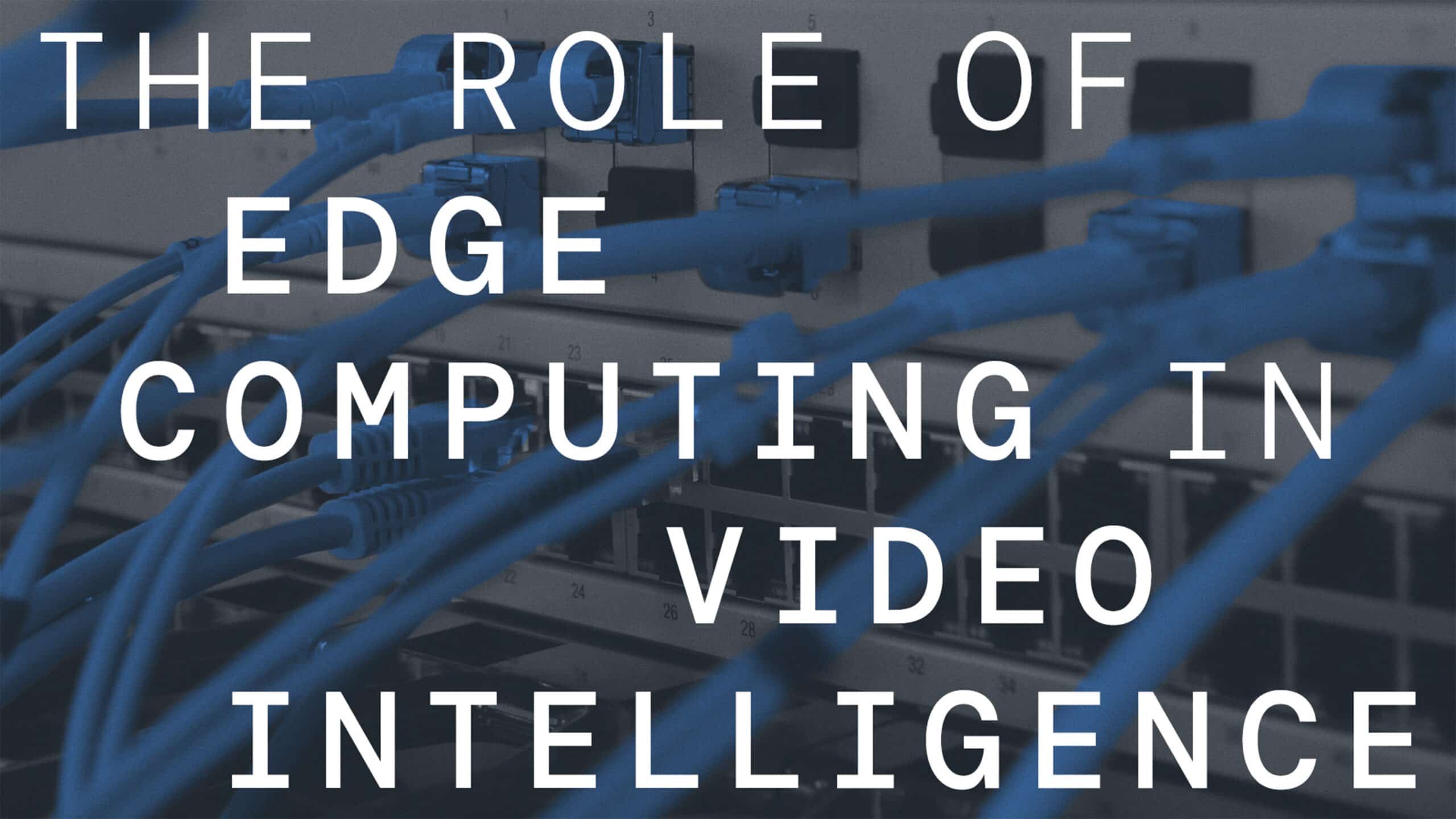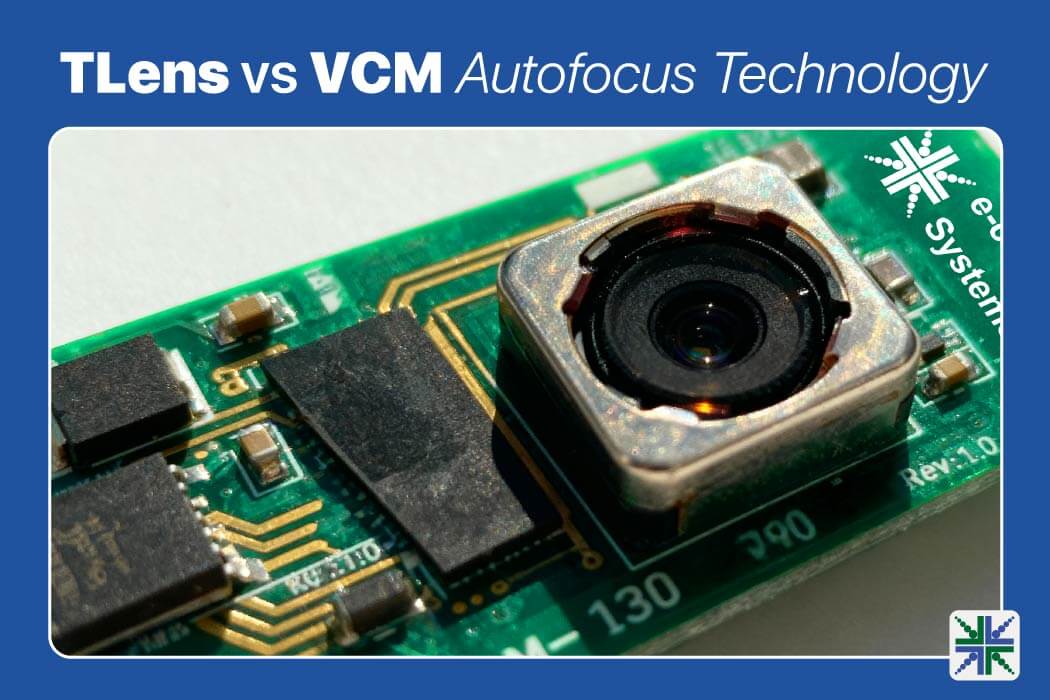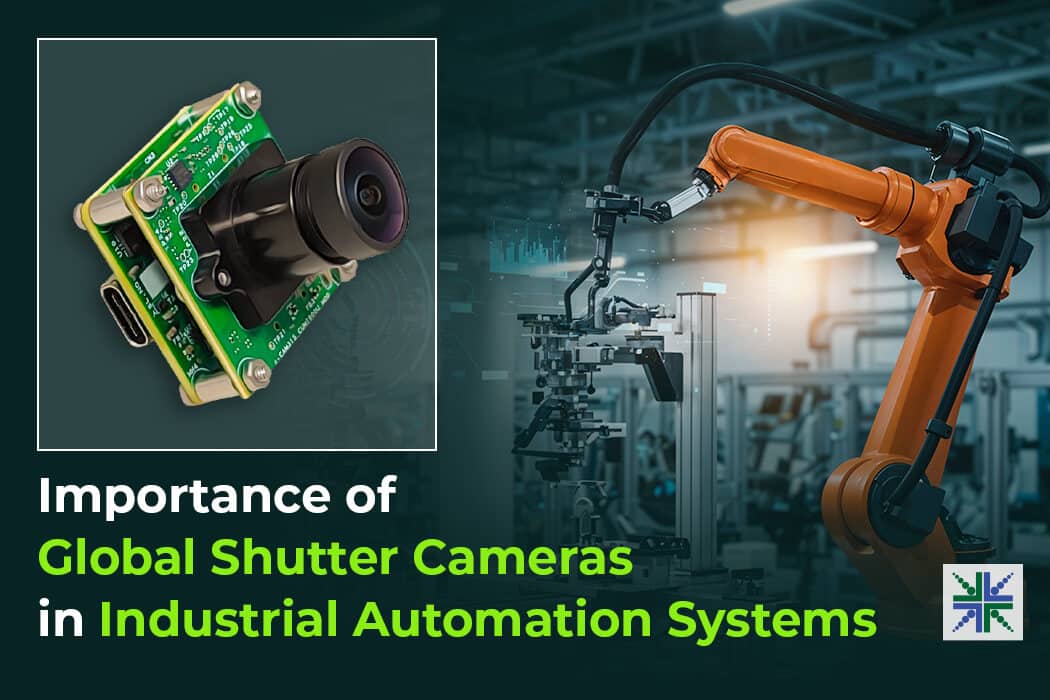Enabling Autonomous Machines: Advancing 3D Sensor Fusion With Au-Zone
This blog post was originally published at NXP Semiconductors’ website. It is reprinted here with the permission of NXP Semiconductors. Smarter Perception at the Edge Dusty construction sites. Fog-covered fields. Crowded warehouses. Heavy rain. Uneven terrain. What does it take for an autonomous machine to perceive and navigate challenging real-world environments like these – reliably, in […]
Enabling Autonomous Machines: Advancing 3D Sensor Fusion With Au-Zone Read More +











